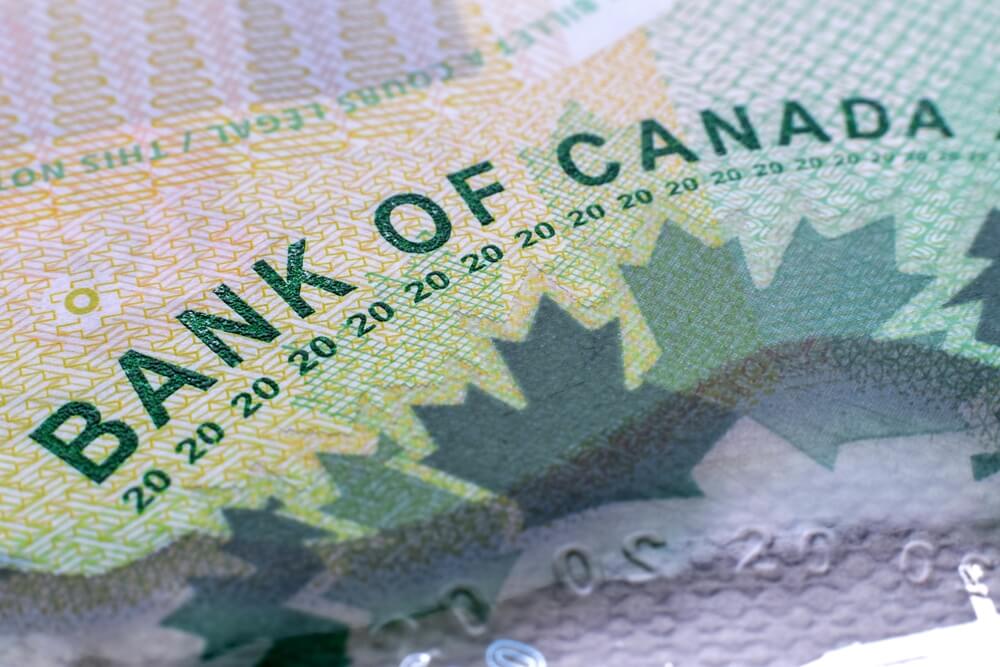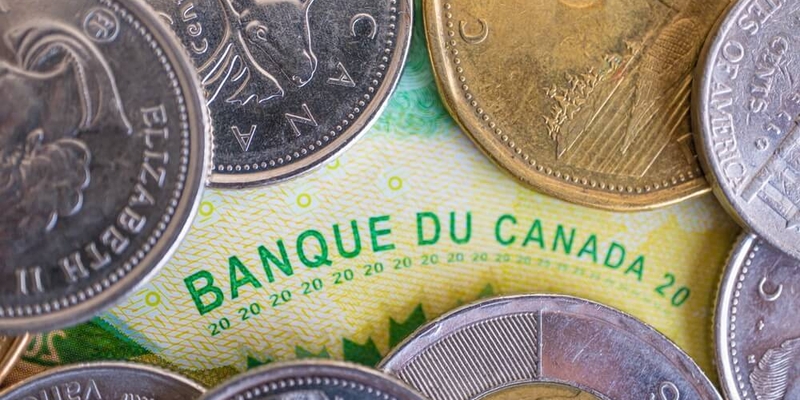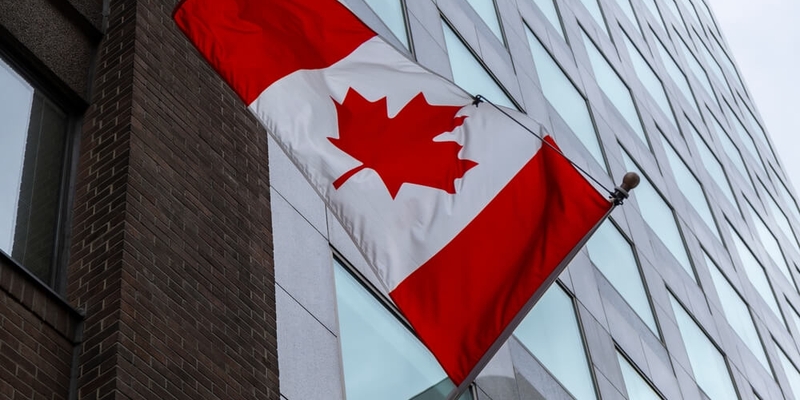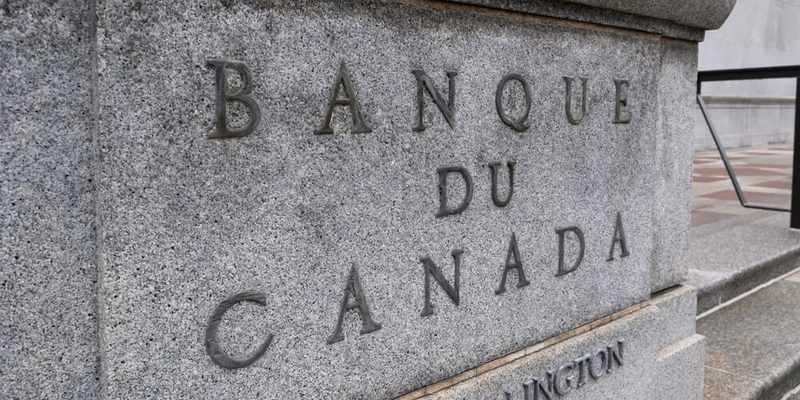
If you are not redirected within 30 seconds, please click here to continue.
Samedi: 10h – 16h HAE

If you are not redirected within 30 seconds, please click here to continue.
If you are not redirected within 30 seconds, please click here to continue.
10 Things You Need to Know About the Bank of Canada’s Rate Cut

Table of Contents
Global interest rates have plummeted worldwide amid a coronavirus-triggered economic growth freeze. And when we say plummeted, we mean it.
Canadian bond market rates haven't moved this far, this fast, in years—a sign that economic fear may be turning into economic panic.
The Bank of Canada (BoC) wasted no time in reacting Wednesday by slashing its key interest rate to support the economy. It chopped it by half a percentage point, a rare-sized move.
Here are 10 more things you should know about that move:
- This BoC rate cut was the first in over four years. It's also the first time both it and the U.S. Federal Reserve have cut half a percentage point in the same month since the 2008 financial crisis.
- Canada’s Big 5 Banks matched the Bank of Canada by chopping their prime rates the same day. Canada’s benchmark prime rate is now 3.45%.
- More rate cuts are highly probable. On Thursday, the BoC confirmed it “stands ready to adjust monetary policy further…” Bond market pricing now implies we’ll see at least two to three more cuts by year-end.
- Most existing adjustable-rate borrowers will watch their payments fall next month by roughly $24 per $100,000 of mortgage balance. Variable-rate borrowers have fixed payments, so they’ll see no change in monthly borrowing costs. Instead, more of their payments will go towards principal and less to interest.
- A lot of bond trading pros think short-term rates are “going to zero” in the U.S. If so, Canada may not be far behind. History shows that central banks are highly likely to ease rates again, soon after “emergency cuts.”
- Expectations for lower rates may cause a small stampede into variable rates now that it’s clear the Big 6 banks are still willing to pass through full BoC cuts. Although, we continue to fear banks will pass through only partial prime rate reductions as rates get closer to zero.
- Bank profit margins on loans shrink when: (A) rates are falling and (B) short-term rates are higher than long-term rates (both are the case today). That's why there's no guarantee prime rate will drop in lockstep with the Bank of Canada going forward.
- After playing second fiddle to 5-year fixed rates since last April, variable mortgages once again have some of the lowest uninsured rates in the country. In Ontario, for example, the best uninsured variable rate is just 2.25%. If the Bank of Canada cuts rates as expected. This rate could drop as low as 1.50% (not a prediction, just a possibility).
- Given the Bank of Canada has never cut rates just once in the modern era of monetary policy, and given the unknowable economic damage the coronavirus may wreak, a variable is the rate to beat and highest probability play for well-qualified borrowers.
- With rates falling closer to zero and the mortgage stress test getting easier in April (if OSFI follows through with its proposal), tens of thousands of mortgagors will refinance into ultra-cheap variable rates. Every point you save on your interest rate is roughly $4,500 of interest savings over five years, minus refinance costs. This option to refinance is why you want to pick a lender with a fair penalty policy. That way, if you break your mortgage early, you can walk away from your lender cheaply.
Get money-saving tips in your inbox.
Stay on top of personal finance tips from our money experts!










